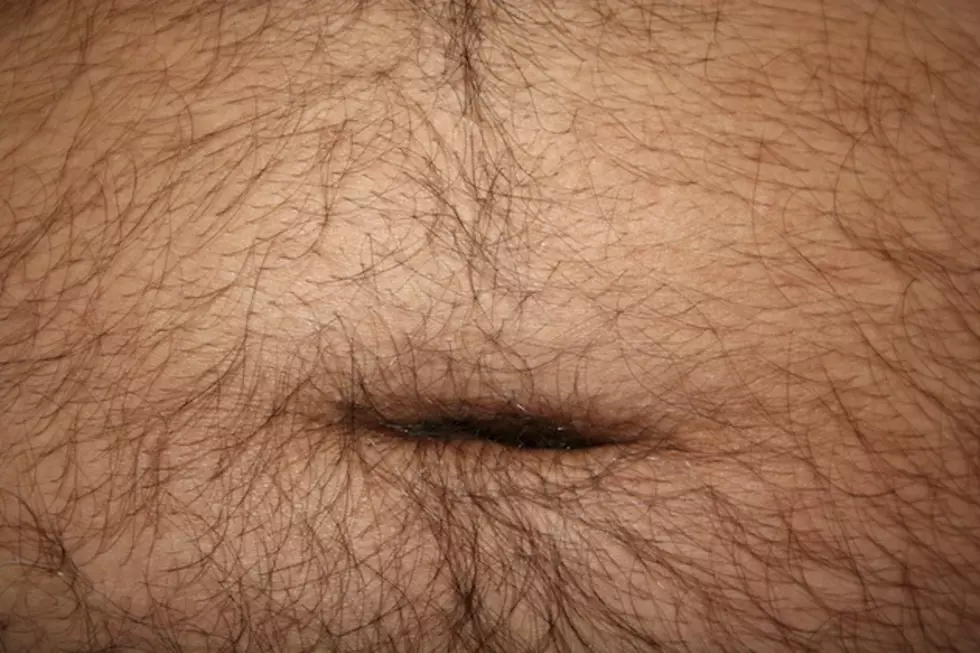
New Study Finds There Are Bizarre Creatures Living In Our Belly Buttons
The belly button is a feral petri dish full of all sorts of exotic bacteria most closely resembling a rain forest, according to a recent study.
Researchers from North Carolina State University recently set out to investigate the various ecosystems thriving in human's post-umbilical lent collectors. In total, some 60 belly buttons were swabbed leading to the discovery of nearly 2,400 bacterial species, with almost 1,500 of them being newbies to the scientific world.
As if those finding were not bizarre enough, researchers say that 92% of the bacteria they found only appeared on just under 10% of the participants. What that means is that the inhabitants of our belly buttons are extremely different with unique characteristics.
For example, researchers found in one of the participants bacteria that is only found in the soil in Japan. Incidentally, the participant had never been to Japan. Researchers also uncovered other strange anomalies thriving in belly buttons like bacteria typically found in ice caps and thermal vents.
Researchers say that while the ecosystem of a person’s belly button is very different from the next, there are some subtle similarities that have a tendency to rear their ugly heads. "That makes the belly button a lot like rain forests," said lead researcher Rob Dunn. “In any given forest the spectrum of flora might vary, but an ecologist can count on a certain few dominant tree types.”
Dunn adds that their findings could ultimately assist in discovering links between bacterial and their effects on public health. In the meantime, Dunn’s research team is putting the next human crevice under the microscope with a new study they have deemed Armpit-pa-looza.
More From 103.1 KKCN










